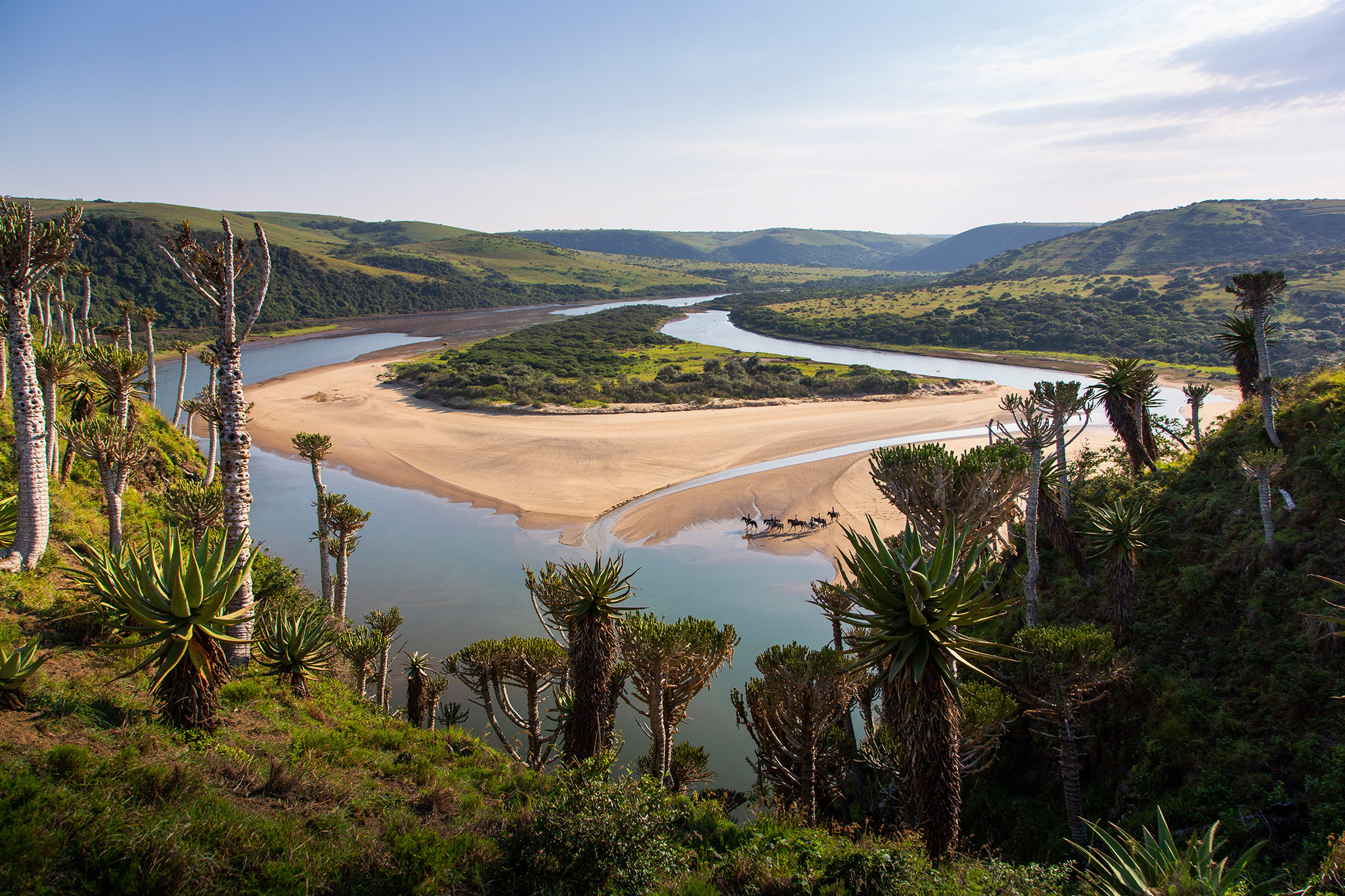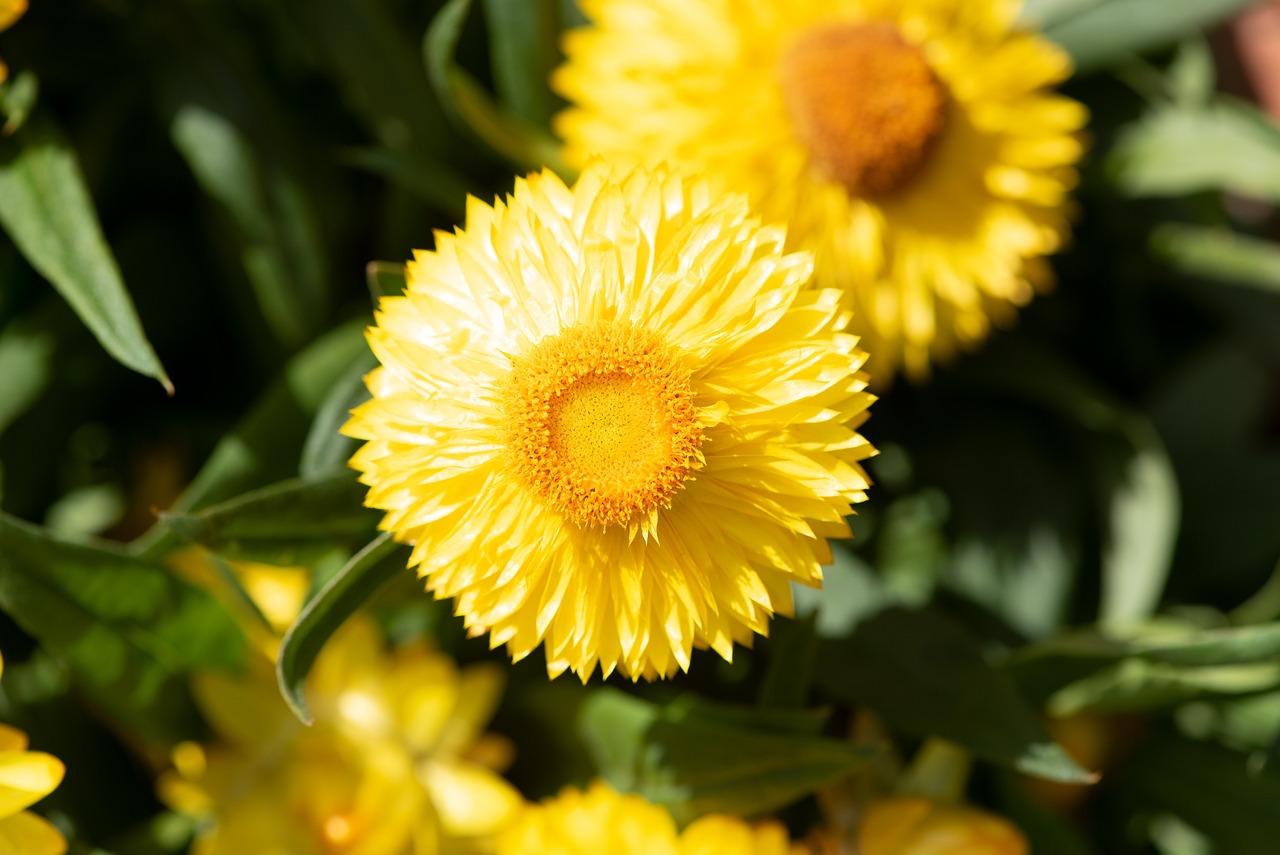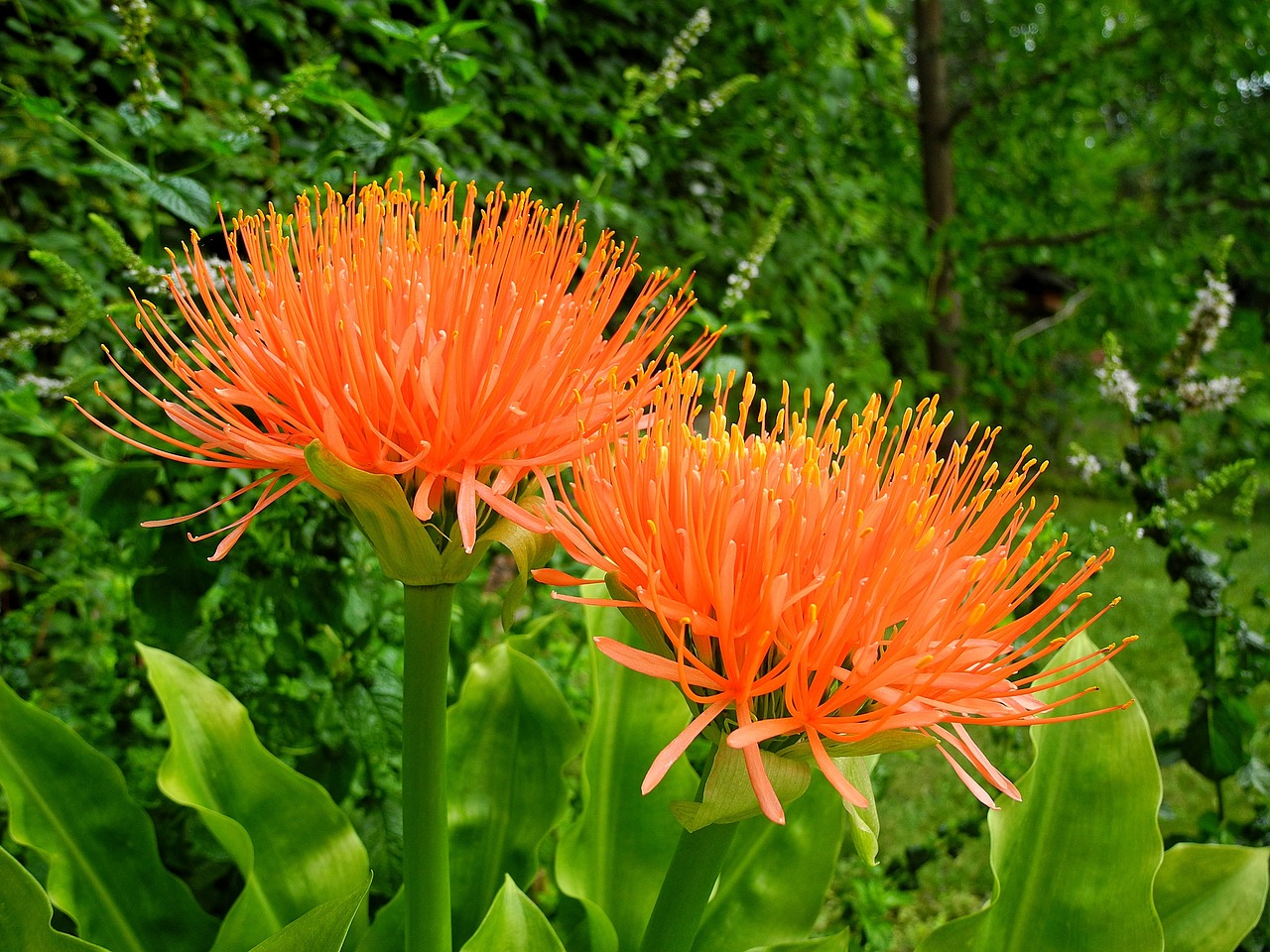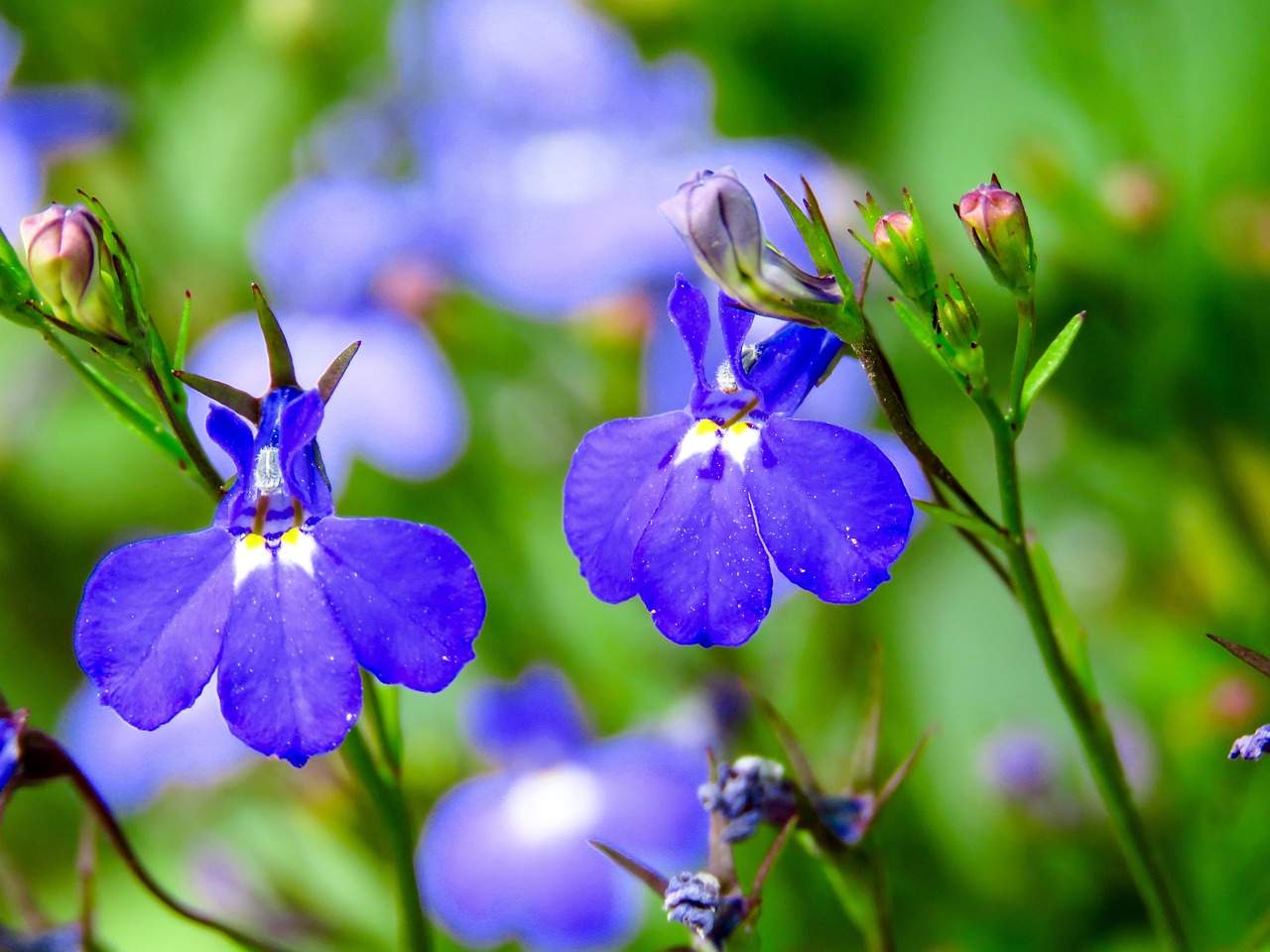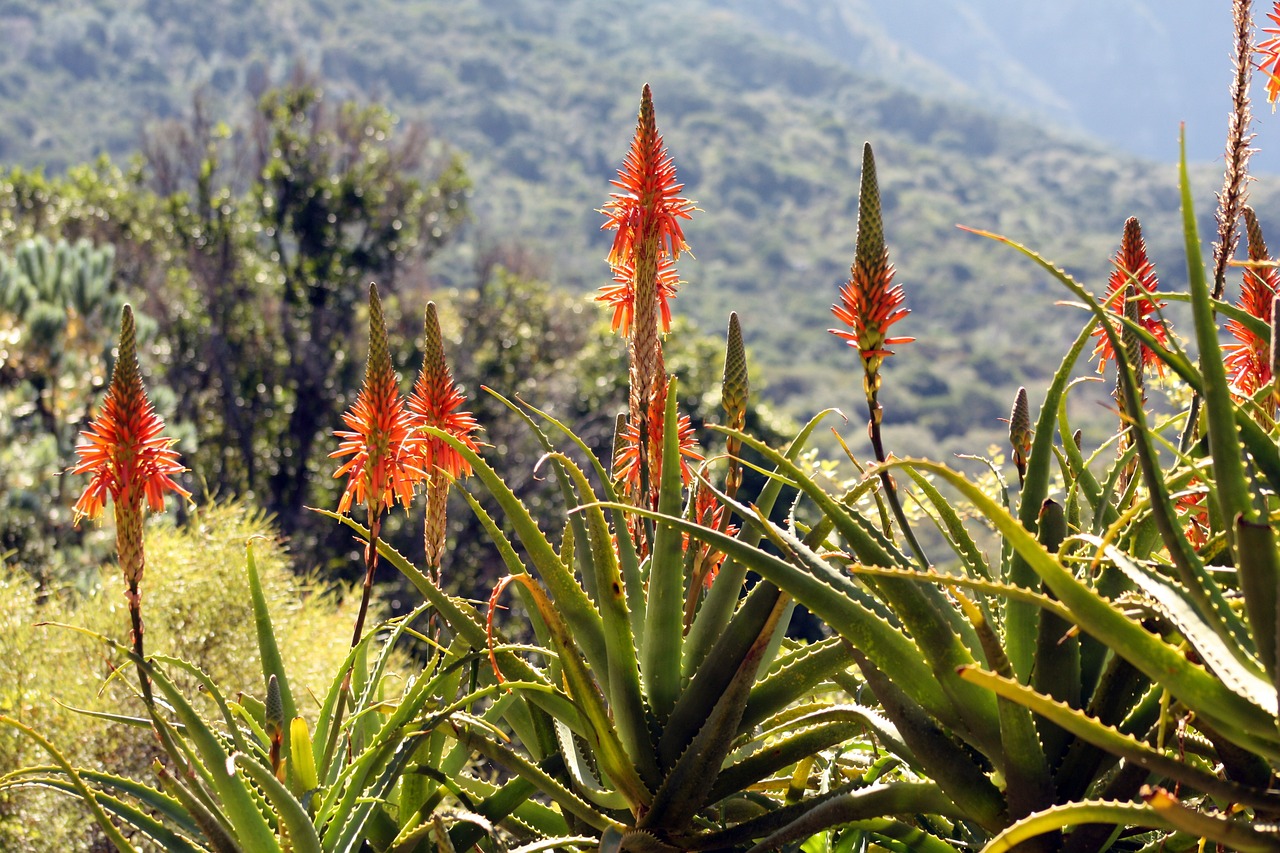Nicky Hoseck
9 Amazing Flowers
of the Wild Coast
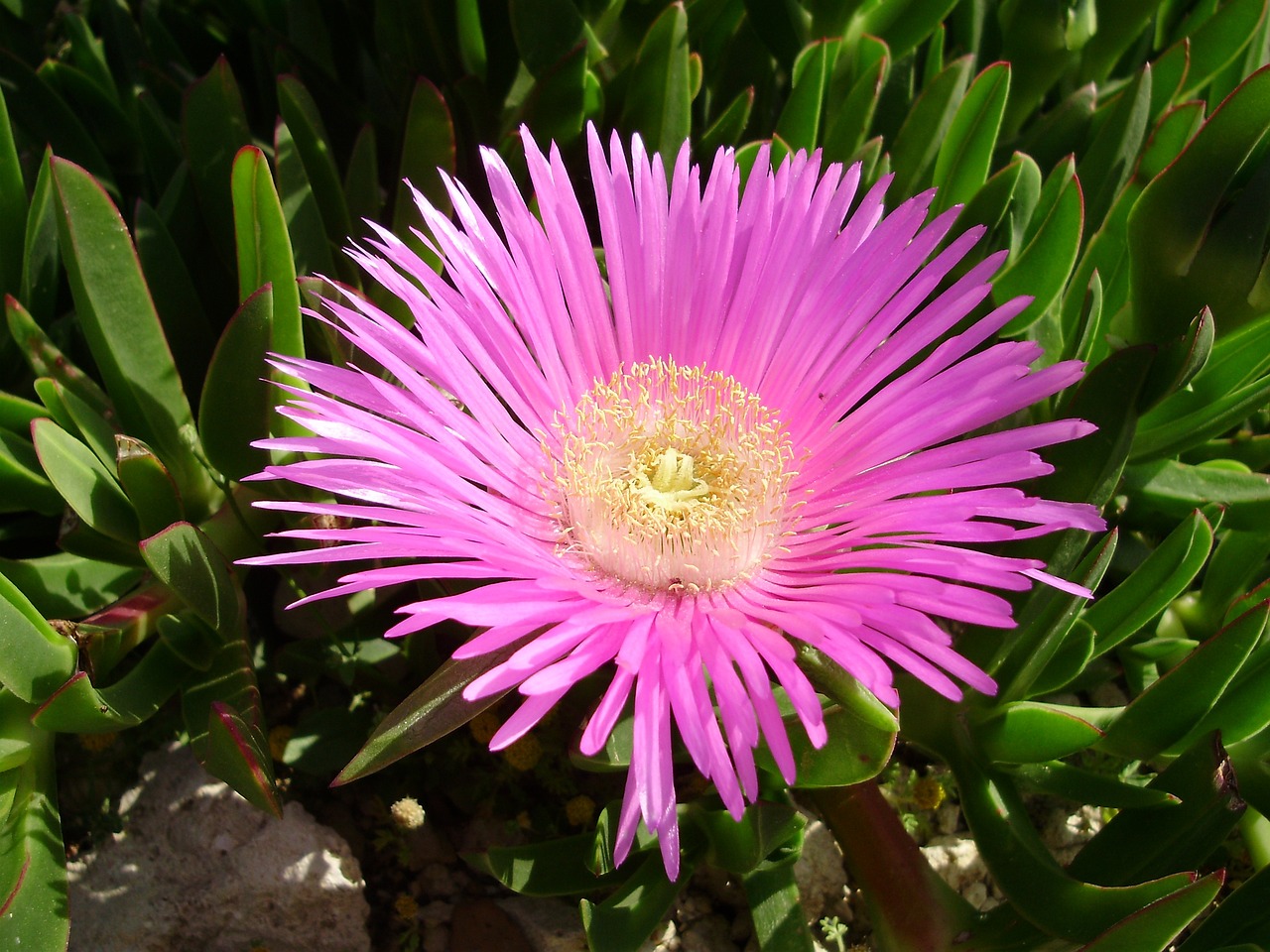
#1 Hottentot Fig – Carpobrotus edulis
Native to South Africa, the Hottentot fig or sour fig adds a splash of colour to both coastal and inland slopes. It grows abundantly close to the sea, indifferent to the poor soils and salty air.
Like the mesembryanthemum family it once belonged to, the Hottentot fig flowers open only during the brightest of the day — a behaviour that reduces water loss by preventing unnecessary transpiration during the cooler night hours. This clever adaptation, combined with its thick, succulent leaves and sprawling growth habit, makes it perfectly suited to its harsh coastal environment.
The plant’s common name, Hottentot fig or Hotnotsvy, seemingly originated when early settlers saw the Khoisan eating its fruits and utilising the leaves for medicinal purposes. The plant is one of nature’s medicine cabinets, with the leaf juice acting as mild antiseptic and astringent. Applied topically, it soothes everything from insect bites to sunburn, and nappy rash to chapped lips, while, when taken internally, it helps relieve sore throats and laryngitis.
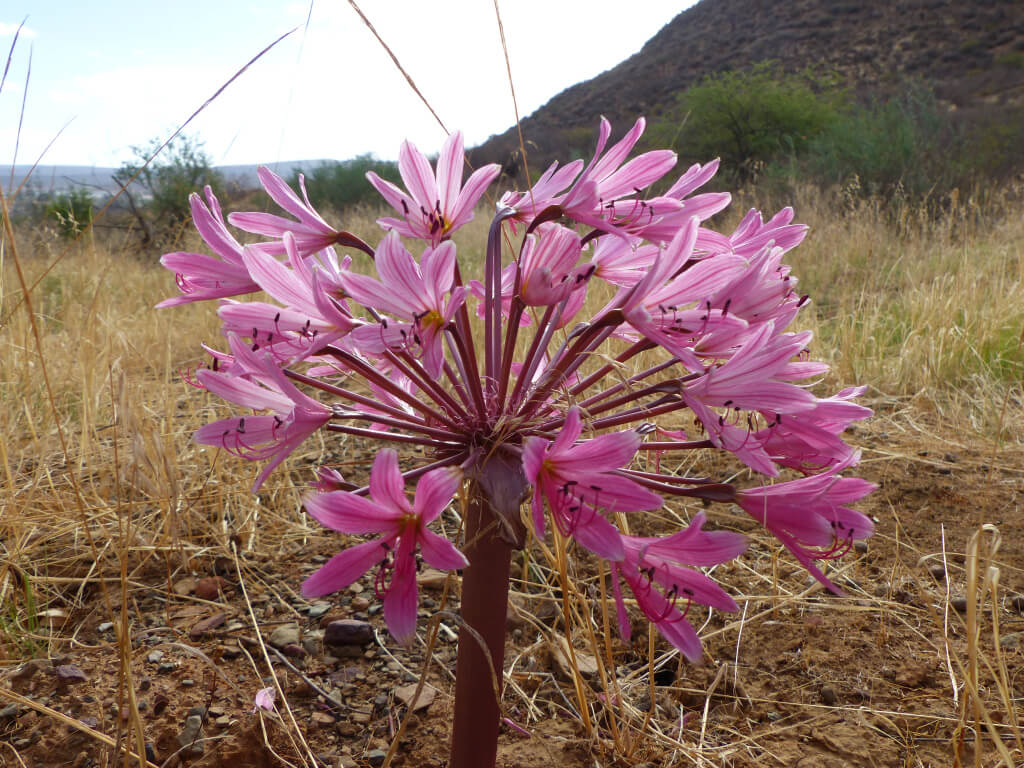
#3 Candelabra Flower – Brunsvigia orientalis
This unique and surprising bloom pops out of the ground each year with very little warning, emerging as if by magic from the seemingly bare earth. With no notable leaves or stem, the Candelabra (Brunsvigia orientalis) blossoms unexpectedly, sprouting from the ground like a perfectly arranged bouquet of deep pink to scarlet flowers.
Just as our other flowers have adapted to the harsh environment of the Wild Coast, the Candelabra has developed a unique way of surviving the challenging seasons and spends its winter months hibernating below ground in a large bulb, storing nutrients and moisture until conditions are perfect for its dramatic appearance.
This strategy allows it to conserve energy during the dry season and burst forth with the first autumn rains, transforming the landscape with its striking display of up to 60 flowers arranged in a perfect spherical umbrella formation.
These displays are short-lived and in a few short weeks, the stem breaks off, and the flower head tumbles to the ground where it's blown around by the wind, distributing seeds and spooking horses as it goes. Horses, typically unfazed by static plants, often shy away from these ghostly wanderers, which is possibly how the Candelabra got its Afrikaans name —Perdespookbossie, or horse ghost bush!
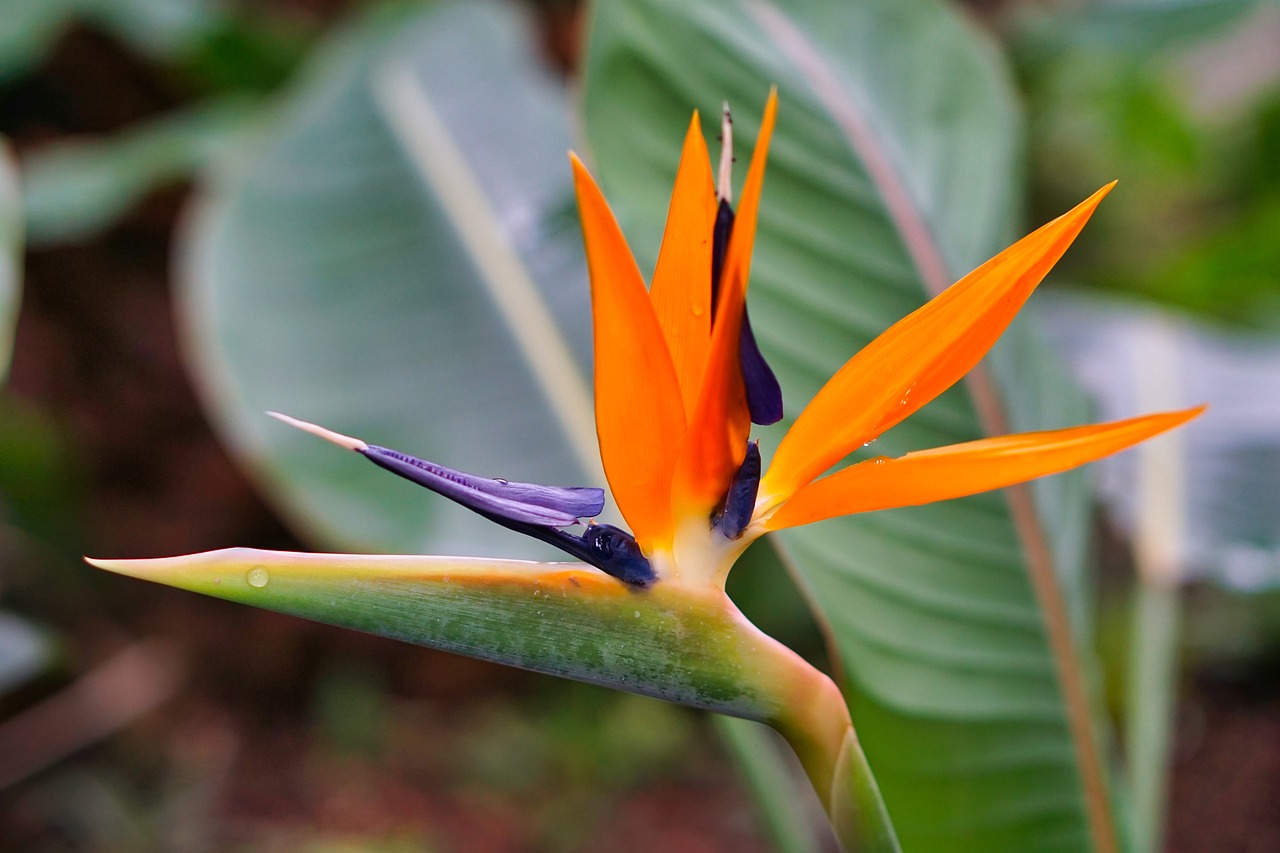
#5 Bird of Paradise – Strelitzia Reginae
The bird of paradise is one of two types of wild strelitzia growing on the Wild Coast. Much smaller than its cousin, the Strelitzia Nicolai, the Strelitzia Reginae gets its name from the shape of the flower, which bears an uncanny resemblance to the head and crown of a particularly eye-catching bird of paradise.
Occurring naturally along much of the Eastern Cape coastline, the bird of paradise adds a splash of colour with its striking orange and purple/blue flowers that strain their necks towards the bright African sun. Its large, banana-like leaves enable it to withstand the salt-laden winds and the intense African sun that batter the Wild Coast.
Much loved as an ornamental garden plant, the Strelitzia Reginae also plays a significant role in traditional medicine, thanks to its potent antibacterial qualities. The roots are crushed and made into decoctions to treat urinary tract infections, while its leaves have been found effective against various bacteria, including that which causes Tuberculosis (Mycobacterium tuberculosis).
The combination of the bird of paradise’s striking beauty and its healing properties exemplifies the often overlooked medicinal value of many of our most decorative native plants, reminding us that, in nature, beauty and utility often go hand in hand.
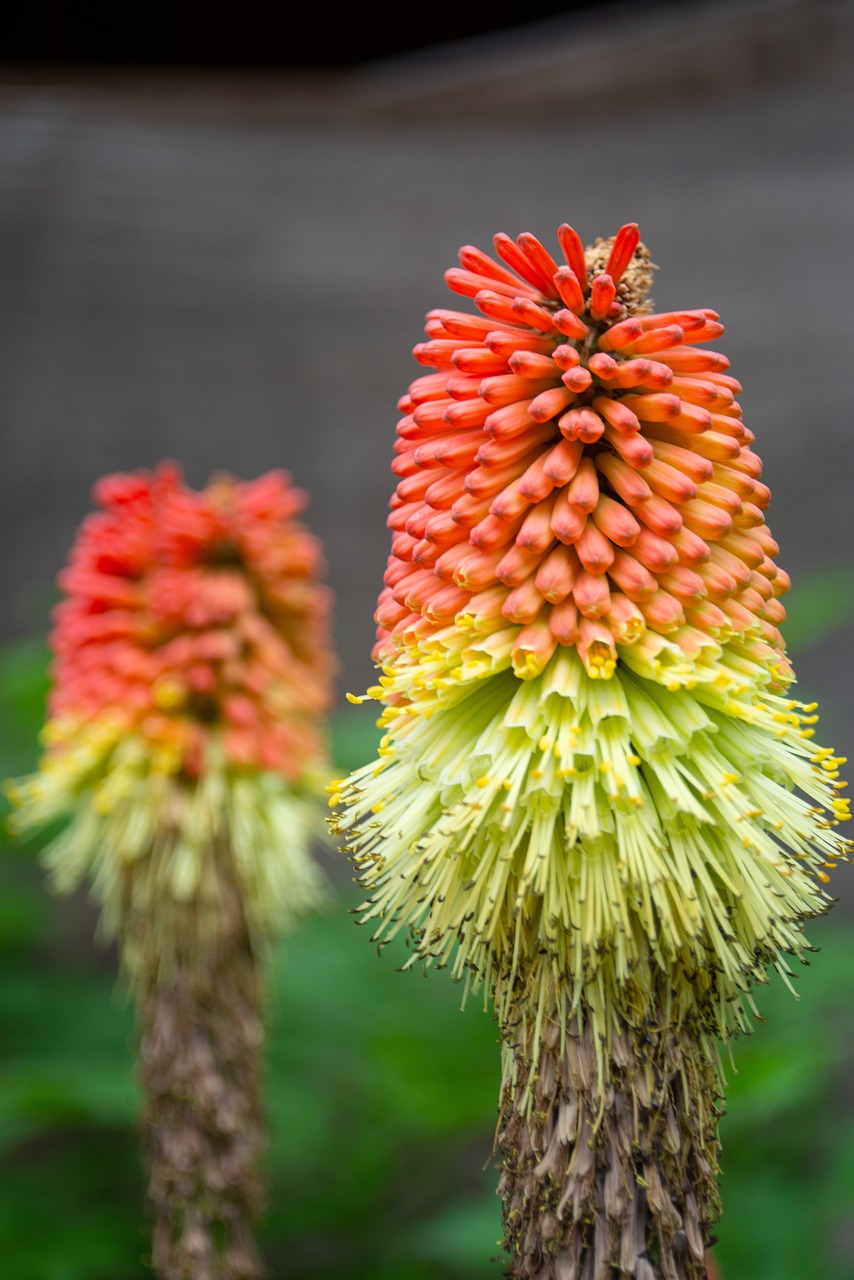
#7 Cape Red-Hot Poker – Kniphofia uvaria
Standing erect, the red-hot poker shoots out of the ground like a burning arrow from a bow. Preferring moist areas and grassy slopes, it appears as a burst of red against a sea of green. The tubular flowers stand head and shoulders above the indigenous grasses, stretching towards the sun as they search for the energy they need to survive.
Although the red hot poker bears some resemblance to the vibrant aloes that decorate our coastline, they boast fibrous leaves rather than succulent ones, marking them as members of the lily family. In fact, one of their other common names is the torch lily in recognition of its firey tubular blossoms.
Tending to these dramatic blooms is the tiny sunbird who hovers alongside the plant, sipping sweet nectar from its tubular flowers. In return, the flowers indicate their readiness by changing their colour, with the red flowers being the newest and richest in nectar.
This adaptation ensures efficient pollination while creating one of the most striking floral displays on the Wild Coast.
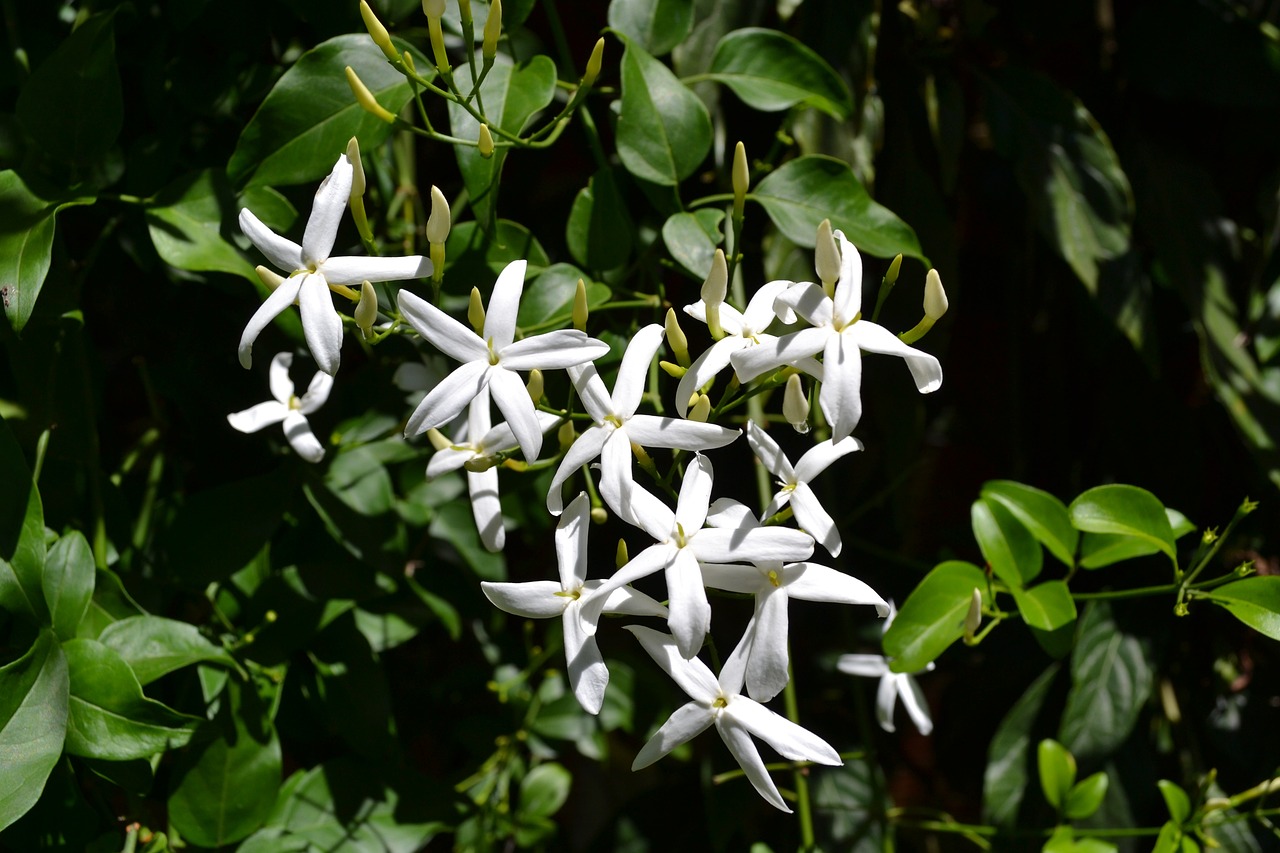
#9 Wild Jasmine – Jasmine Angular
When riding along the edges of a coastal forest, you may easily miss the appearance of these delicate white flowers, but the chances of missing their aroma are slim. If you brush against it, it fills the air with a sweet, musky fragrance that’s not only appealing to humans but is also designed to lure pollinators to its tiny blossoms.
This plant, often hidden among a tangle of branches, relies on its enticing scent to attract bees, butterflies, and other insects, ensuring the continuation of its lifecycle. The fragrance lingers in the air, adding an almost magical quality to the forest trails and enhancing a sensory experience to your exploration of the Wild Coast.
Jasmine Angular is one of 10 species of jasmine indigenous to South Africa, which has adapted to the warm, humid conditions typical of coastal forests. Blooming primarily in spring and summer, Jasmine Angular not only adds to the visual beauty of the landscape but also plays a vital ecological role, supporting pollinators essential to the region's biodiversity.
This enchanting plant reminds us of the intricate connections that make up the Wild Coast's ecosystems, where even the smallest flowers contribute to the area's vibrant natural tapestry.

